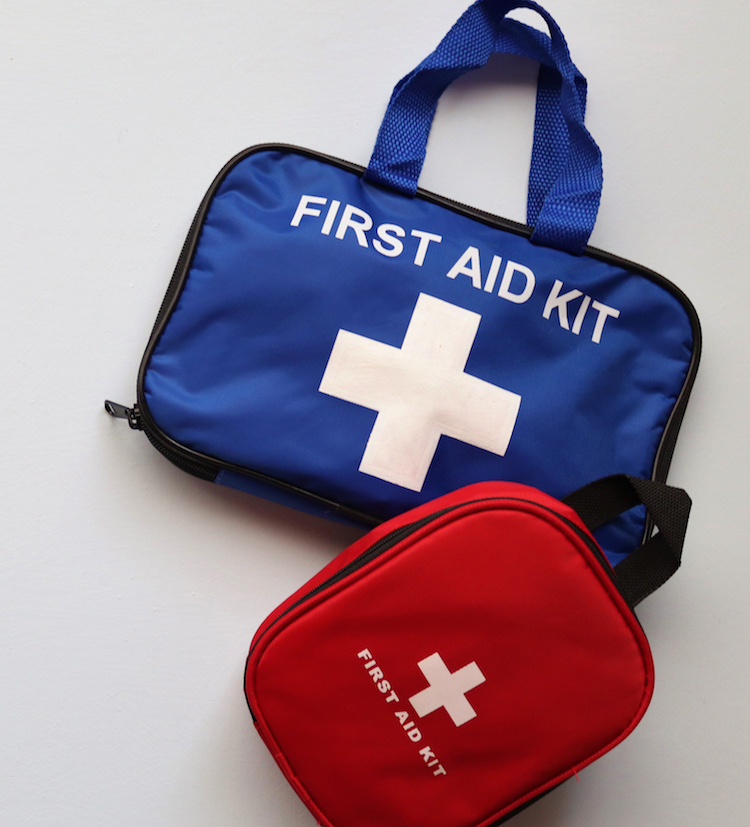Making Your Own Pet First Aid Kit
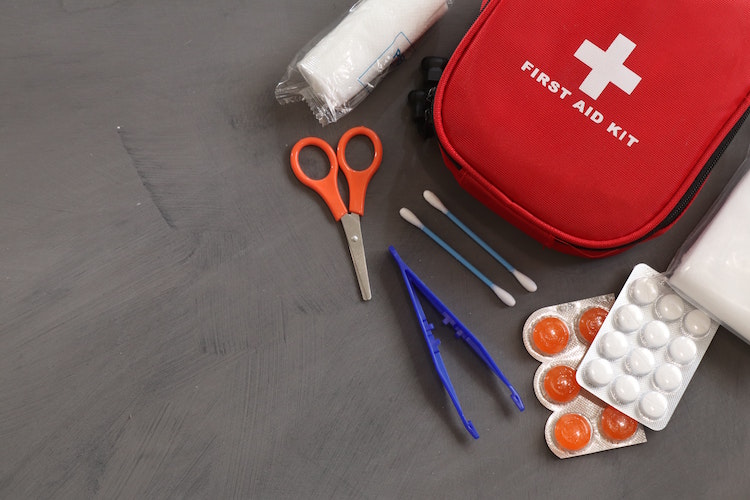
Accidents can happen at any time, so it’s always a good idea to have a pet first aid kit at home as well as one in the car when you’re out and about with your pet. Having a well-stocked pet first aid kit will help you to be better prepared in case of a medical emergency with your dog, cat, or other pet.
Here’s a checklist to help you put together your very own pet first aid kit.
What Should Be Included In A Pet First Aid Kit
A pet first aid kit can include a variety of items, but you should consult your veterinarian about what’s the best choice for your pet. A customised pet first aid kit that is tailored to your pet’s age and lifestyle is the best way to ensure you are well prepared in case of an emergency. You can even ask your local veterinarian if they have a sample kit that they can show you.
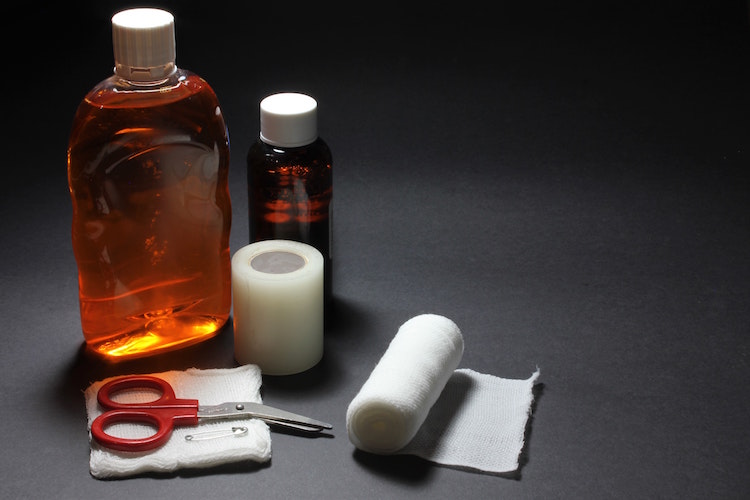
Almost everything you need for a well-stocked basic pet first aid kit can be found at your local pharmacy, and it’s possible that your veterinarian may also have the supplies or even firstaid kits for pets available for purchase.
Always keep the pet first aid supplies in a portable bag so you can take them wherever you go with your pet. It’s important to keep the kit away from small children and pets, and to check it regularly for any expired or missing supplies.
A pet first aid kit should include the following items:
1. Paperwork
Make sure that you keep a copy of your pet’s vaccination records on hand. Keep it with the rest of your firstaid supplies so you can easily access it in case your pet needs emergency veterinary assistance.
2. Bandages
• Absorbent gauze pads
• Roll gauze
• Cotton balls or swabs
• Conforming bandage
• Self-sticking bandages
• Medical tape
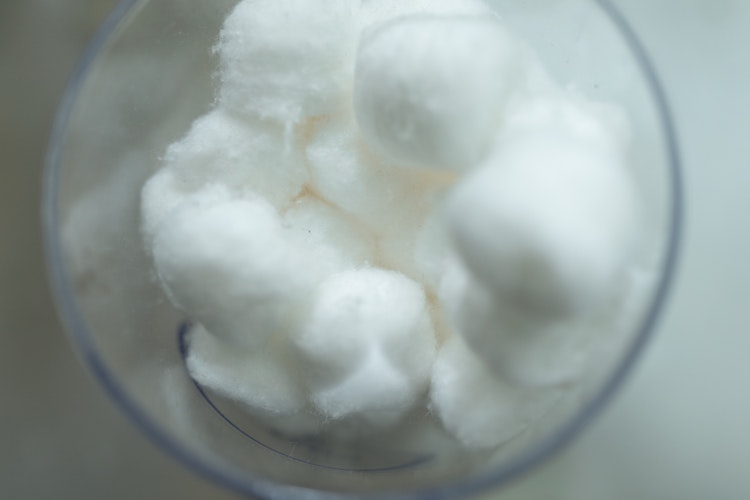
With these materials, you’ll be able to dress any type of wound, whether it’s a bite or a more serious injury.
3. Blunt-tipped scissors

Scissors are an often overlooked item in a first aid kit for pets, but they are necessary to administer first aid, for example, to cut the gauze and medical tape, and also to cut fur to better access any wounds. Having a pair of scissors can also come in handy especially if you run out of bandages, you can use the scissors to make a makeshift bandage by cutting whatever suitable fabric you have on hand. Using blunt-tipped scissors helps you to avoid accidentally nicking your pet when trimming fur near the eyes, nose or ears.
4. Wound cleaning supplies
Wound care sprays (specifically for pets), or iodine cleaning wipes can be included. These products are intended for use on minor injuries such as small cuts, sores, and abrasions. Besides being pet-safe, they help to promote healing as well as provide pain and itch relief for your pet.
5. Sterile disposable gloves
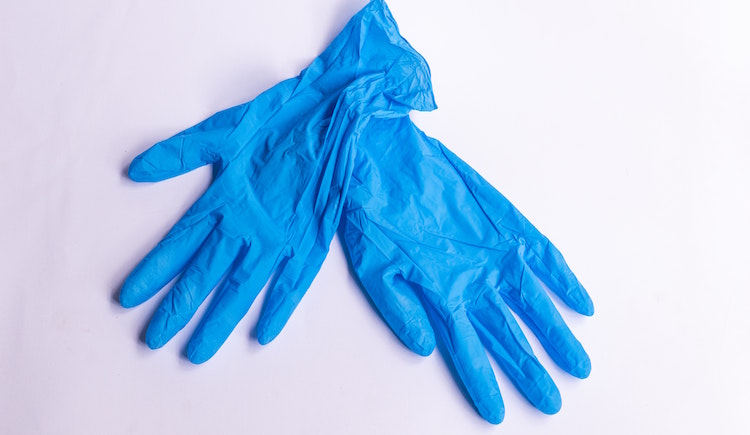
It is important to use sterile gloves when administering first aid. This is to keep your hands clean and reduces the chances of bacteria getting into the wound.
6. Sterile saline solution
To flush out wounds, eyes, or mouth. This can be purchased over the counter at any pharmacy.
7. Thermometer
If you are measuring a pet’s temperature, do not insert the thermometer into their mouth—the temperature must be taken rectally. Get advice from your veterinarian about how to safely use a thermometer at home and what a healthy temperature is. If your pet has a fever, you should seek veterinary care right away. Do not attempt to treat with over-the-counter human medications as they can be poisonous to pets.
8. Splinting supplies
A parachute cord, a mylar emergency blanket, paramedic shears, and a flexible splint are recommended if you and your pet enjoy outdoor activities, such as hiking. These items can be easily stored and rolled into your pet first aid kit.
In the case of more serious pet injuries while hiking, these supplies can be useful to stabilizing and
transporting your pet back to your vehicle and seek veterinary care.
9. Plastic syringes
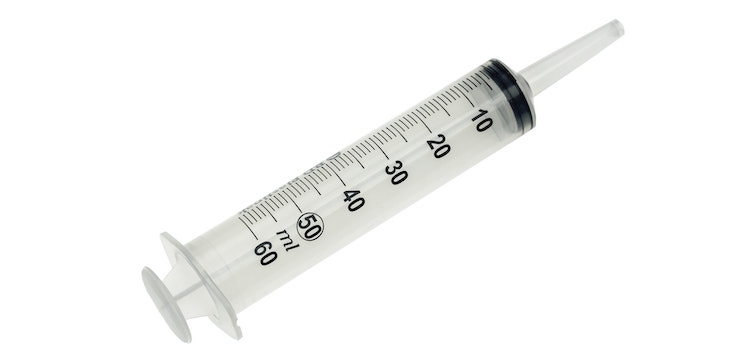
Useful for flushing out wounds and eyes (be sure to only use saline solution for flushing)
10. Muzzle
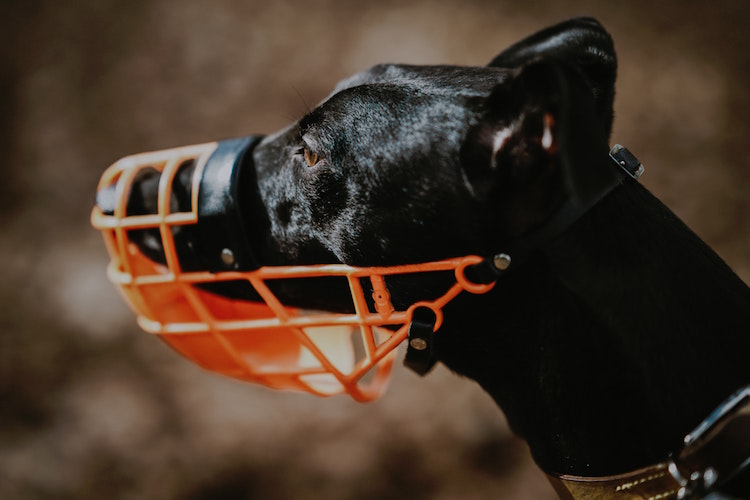
Even if your pet is normally well-behaved, it’s advisable to keep a muzzle in your kit. A frightened and injured pet may exhibit unpredictable behavior. However, do not muzzle your pet if it is vomiting.
Note: Remember that any firstaid administered to your pet should be followed by veterinary care immediately. Firstaid is not a substitute for veterinary care, but it may save your pet’s life until it receives veterinary treatment.
Does your pet need a ride to a veterinarian appointment? JoJo Pets can help. JoJo Pets, a pet taxi service in Malaysia, provides safe and timely pet transportation to pet clinics. Let us know if you have any questions. Book a ride with us today!
JoJo Pets also offers cashless payment with their JoJo Wallet, including all major e-wallets, credit/debit card as well as online banking.
Download the JoJo Pets app today for exclusive news and offers at https://jojo-pets.com/
